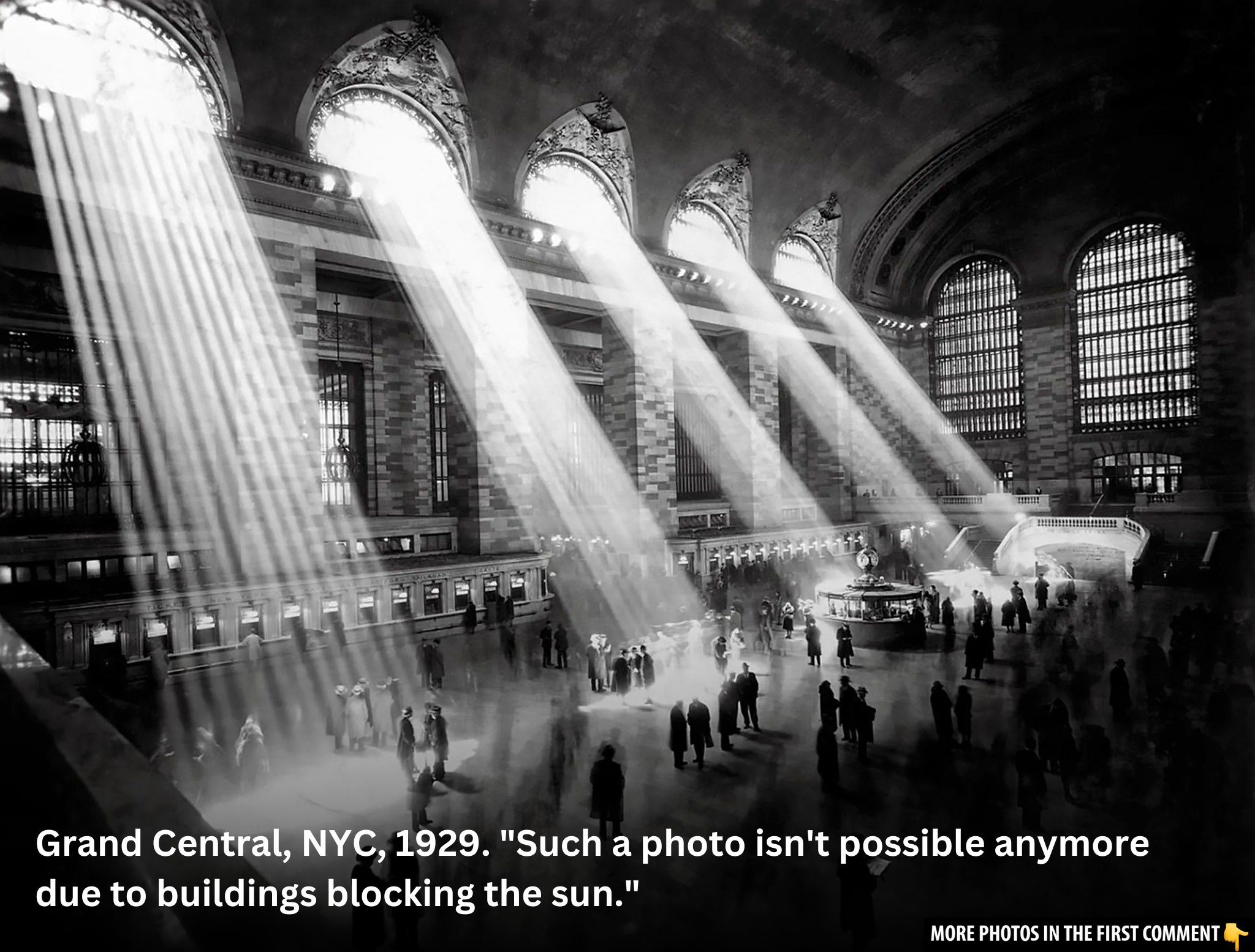Grand Central Terminal, a masterpiece of architecture and a symbol of New York City’s golden age of rail travel, is a hub that continues to captivate millions of visitors each year. Known for its breathtaking design, bustling concourses, and historical significance, this landmark has stood as a testament to the vision and ambition of the 20th century. However, before it became the iconic station we know today, Grand Central underwent a fascinating evolution. Through rare historical photographs, we can step back in time and explore the incredible journey of Grand Central Terminal during its formative years, from its construction in the early 1900s to its pivotal moments of cultural transformation.
The Beginnings of Grand Central: Early Construction and Excavation (1908-1912)
The history of Grand Central Terminal begins with its early construction phase in the late 19th and early 20th centuries. In 1908, excavation work began at the site where the original Grand Central station had stood since the 1870s. Photographs from this era show workers toiling to prepare the ground for what would become one of the largest and most impressive transportation hubs in the world. As the construction of the new station began, the laborers faced enormous challenges, including limited technology and the need to remove massive amounts of earth to accommodate the vast scale of the project.
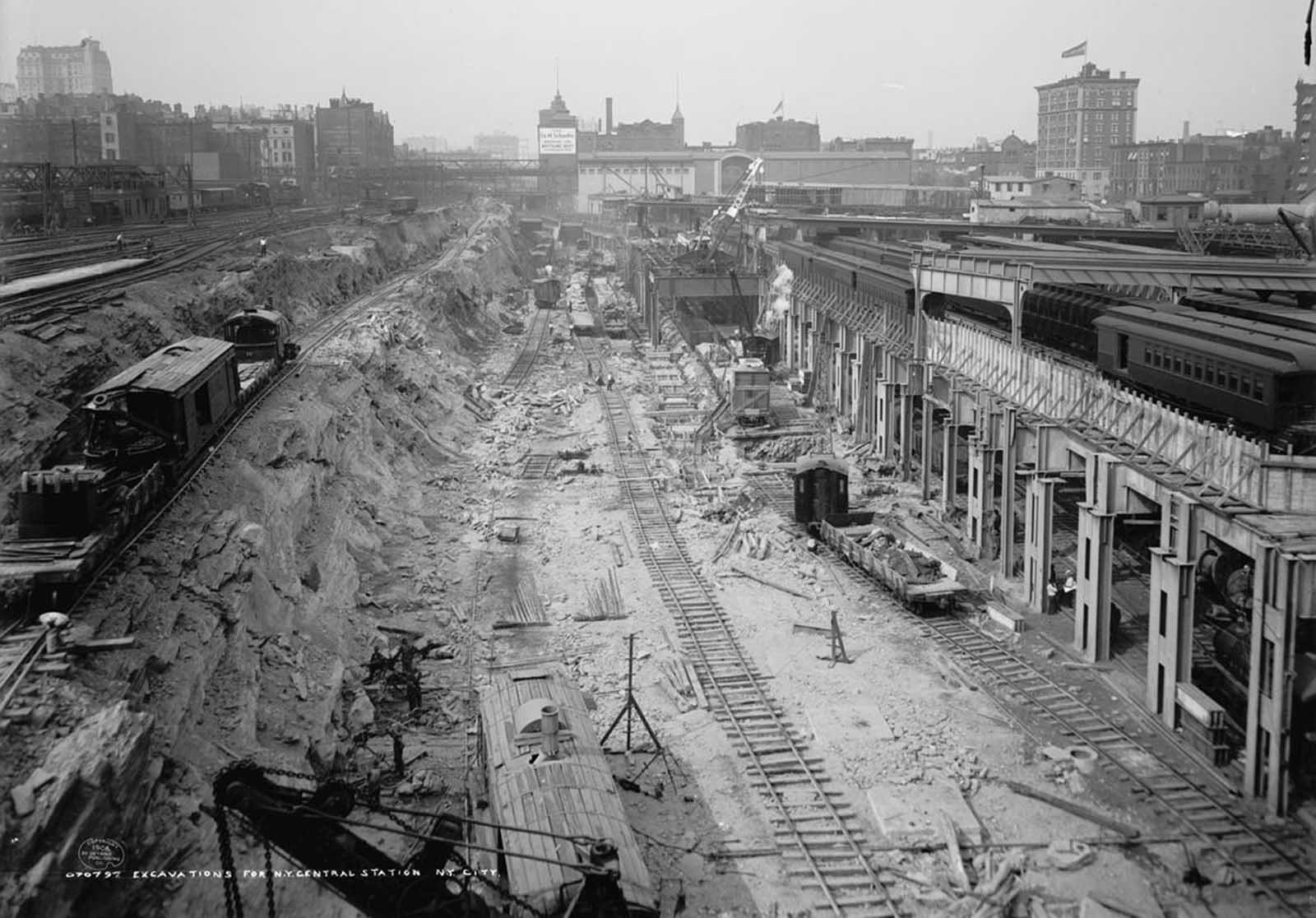
A remarkable photograph from 1908 captures workers in action, digging out the area where the terminal’s iconic concourse would eventually rise. The images reveal the sheer magnitude of the work being done and hint at the ambitious vision for the future of rail travel in New York City. These photos not only show the technical aspects of construction but also reflect the early dreams of a transportation system that would serve as a symbol of progress for generations to come.
Architectural Marvel: Beaux-Arts Design and Iconic Features
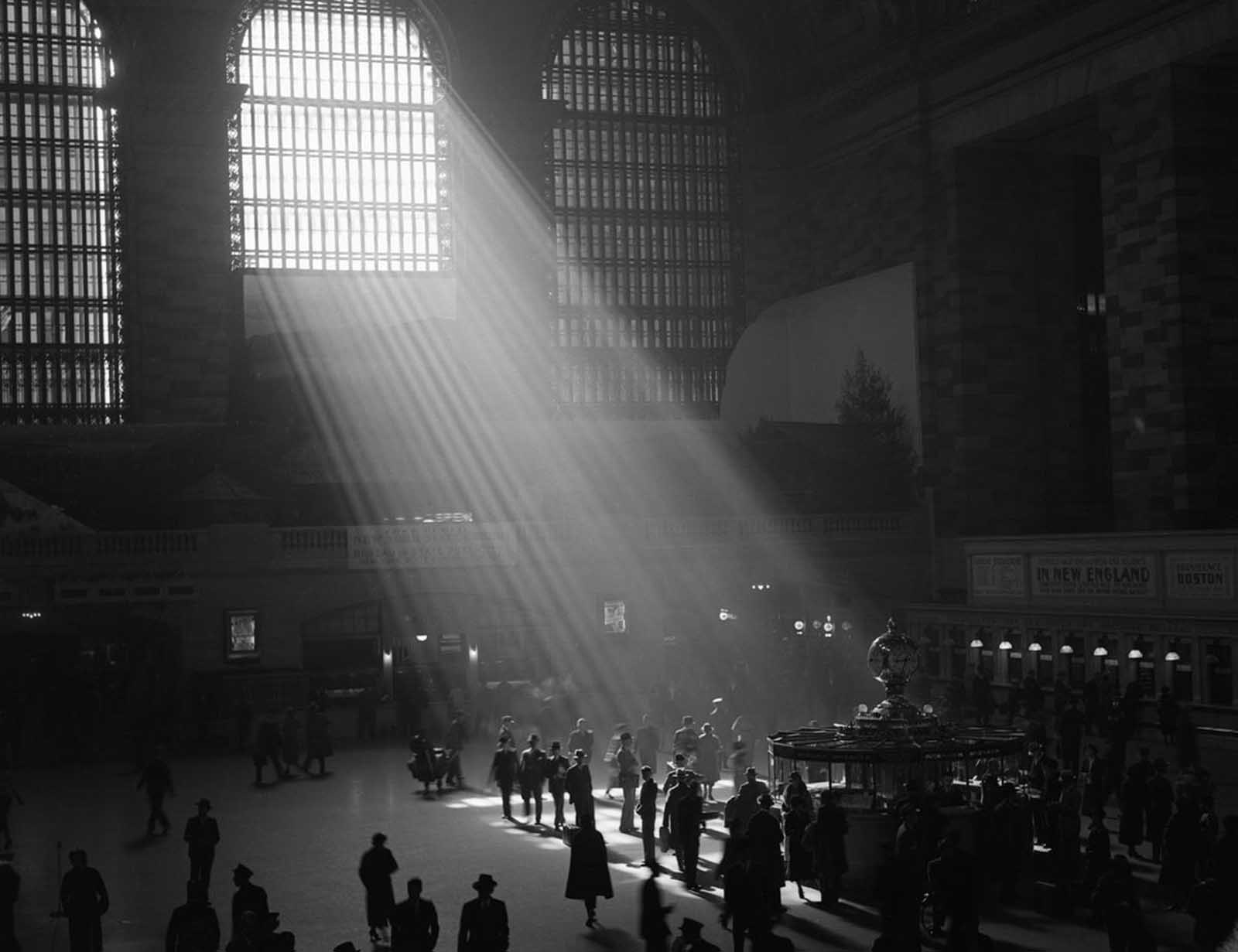
The new Grand Central Terminal, completed in 1913, was a triumph of design. Architecturally, it was an embodiment of the Beaux-Arts style, with its grandiose marble staircases, the magnificent celestial dome ceiling, and the ornate details that would come to define the terminal’s elegance. The terminal was not just a functional space—it was a visual marvel, designed to leave a lasting impression on all who entered.
One of the most iconic features of the terminal is its astronomical clock and the stunning 75-foot windows in the main concourse. The ceiling, painted with a representation of the night sky, complete with constellations, stands as a testament to the vision of the architects and engineers. Historical photographs taken shortly after the terminal’s completion show visitors marveling at the grandeur of the space, with a constant flow of passengers passing through its wide concourses.
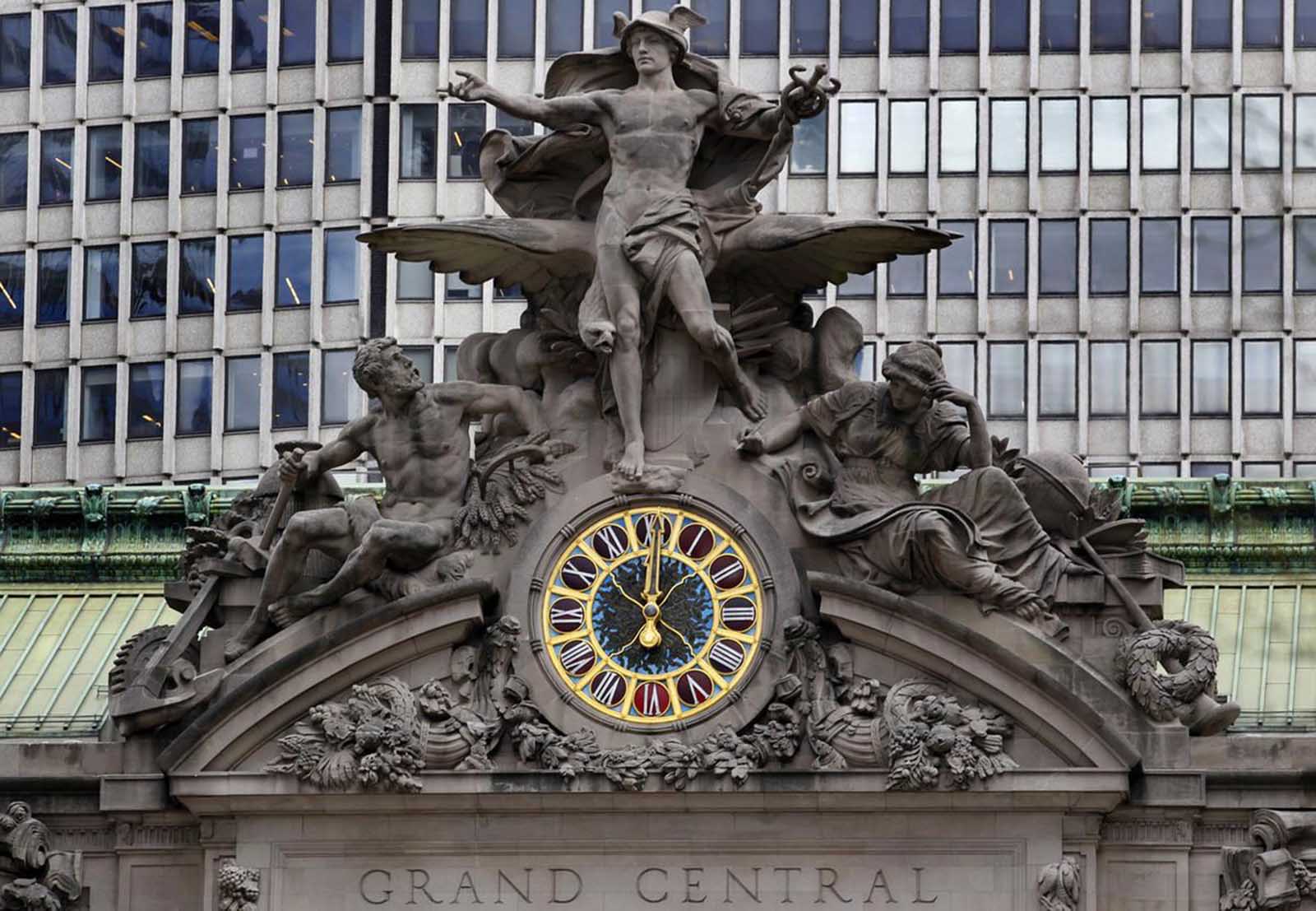
These images capture the terminal as a vibrant center of activity, where elegance and functionality coexisted harmoniously. The pictures from the 1910s show the terminal in all its glory, with crowds of people bustling around the concourse and catching glimpses of the iconic clock and celestial ceiling above.
Video
Watch the video Deconstructing History: Grand Central Terminal to explore the iconic building’s history! Don’t miss this detailed look at one of New York City’s most famous landmarks.
The Golden Age of Rail Travel: Grand Central’s Role in the Early 20th Century

During the early 20th century, rail travel was at its peak, and Grand Central Terminal played a central role in the nation’s transportation system. As the busiest train station in the United States, it was a crucial hub for travelers arriving in and out of New York City. Photographs from the period depict scenes of daily life in the terminal: people hurrying to their trains, conductors signaling departures, and families reuniting at the station.
At the height of its popularity, Grand Central was not just a transit point but a symbol of modernity, offering amenities like waiting rooms, restaurants, and even high-end shops. These rare images give us a glimpse into the bustling life inside the terminal during its golden years, offering a snapshot of the times when railroads were the dominant form of travel.
Impact on the Surrounding Neighborhood: Development of Midtown Manhattan
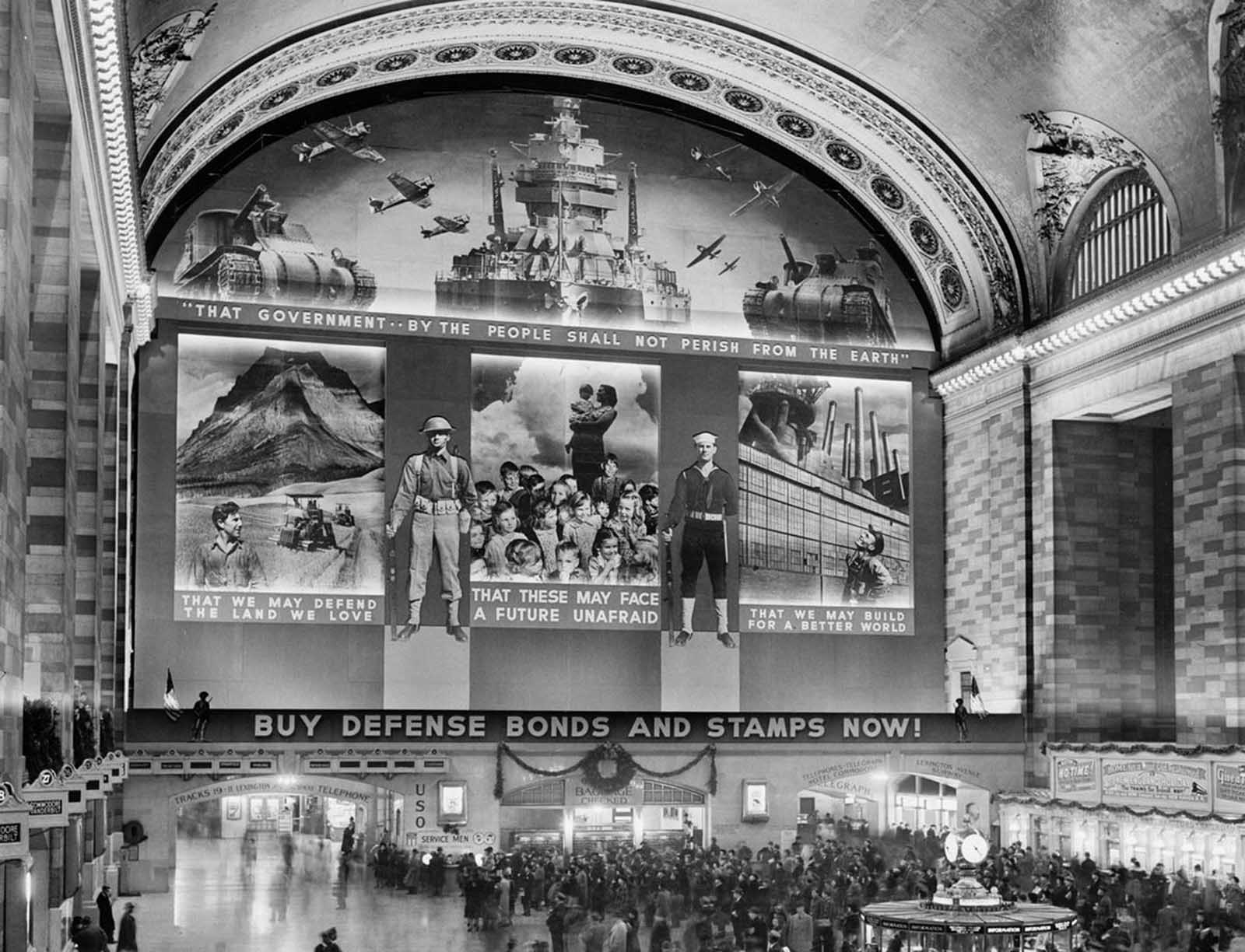
The construction of Grand Central Terminal had a profound impact on the surrounding neighborhood. With the completion of the terminal, a major shift in the urban landscape occurred. The development of hotels, office buildings, and skyscrapers around the terminal created a thriving commercial district that helped define Midtown Manhattan.
The rise of the nearby Chrysler Building and the growth of surrounding office buildings showcased the symbiotic relationship between transportation infrastructure and urban development. Photographs from the era show the changing skyline, with Grand Central standing at the heart of a rapidly modernizing New York City. These images capture not only the architectural splendor of the terminal but also the energy and dynamism of the city that grew around it.
Post-War Challenges: Decline in Rail Travel and Threats to Grand Central
By the 1950s, the golden age of rail travel had begun to fade. With the rise of automobiles and airplanes, long-distance train travel saw a significant decline. The diminishing importance of railroads led to growing concern about the future of Grand Central Terminal. By the late 1960s, the terminal faced the threat of demolition as real estate developers sought to replace it with office buildings.
Photographs from this period document the changes in the terminal’s surroundings, as urbanization and modernity began to encroach upon the historic station. In the midst of the decline, one particularly poignant photograph shows a nearly empty concourse, evoking the terminal’s fading grandeur in the post-war era.
The Legal Battle for Preservation: The Landmark Preservation Fight (1960s-1970s)
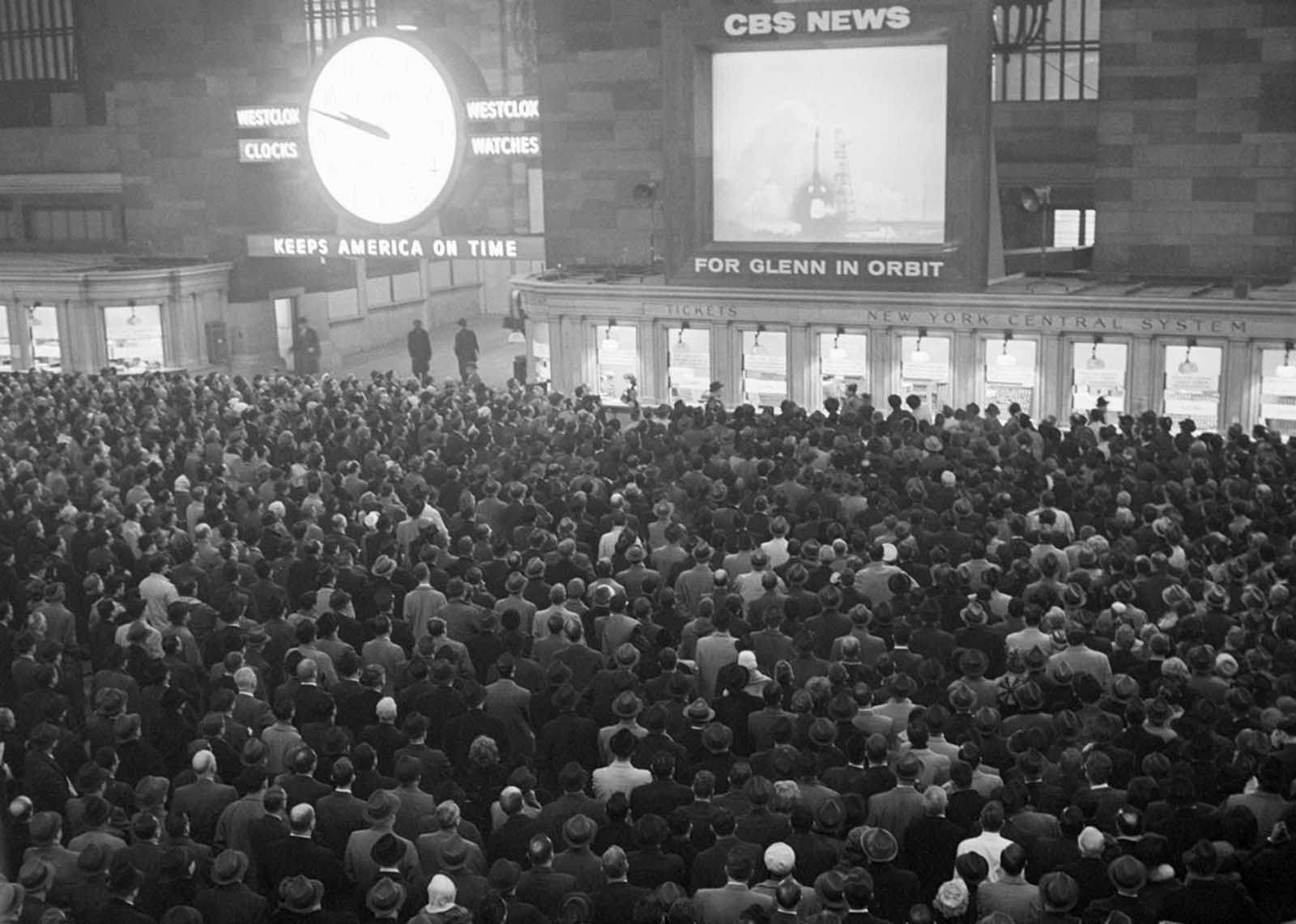
In the 1960s and 1970s, a landmark legal battle ensued over the future of Grand Central Terminal. With developers eager to tear down parts of the station to make way for a 55-story office tower, the Landmarks Preservation Commission stepped in to protect the terminal. The pivotal moment came in 1967 when the Commission declared Grand Central a protected landmark.
One of the most famous figures in this preservation movement was Jacqueline Kennedy Onassis, who championed the cause of saving the terminal. Photographs from the era show protestors and concerned citizens rallying to protect the terminal, and the victory was a testament to the power of collective action and the cultural significance of preserving historic landmarks.
Restoration and Revival: Renewing Grand Central’s Glory in the 1990s
After years of legal battles and neglect, Grand Central Terminal underwent a major restoration in the 1990s. The terminal was meticulously restored to its original splendor, with updates made to modernize the infrastructure while maintaining its historical integrity.
In this phase of its revival, Grand Central became not only a busy commuter hub but also a beloved symbol of New York’s enduring legacy. Photographs from the 1990s and beyond showcase the revitalized terminal, where visitors once again marveled at its beauty and grandeur.
Gallery: Rare Historical Photographs of Grand Central Terminal
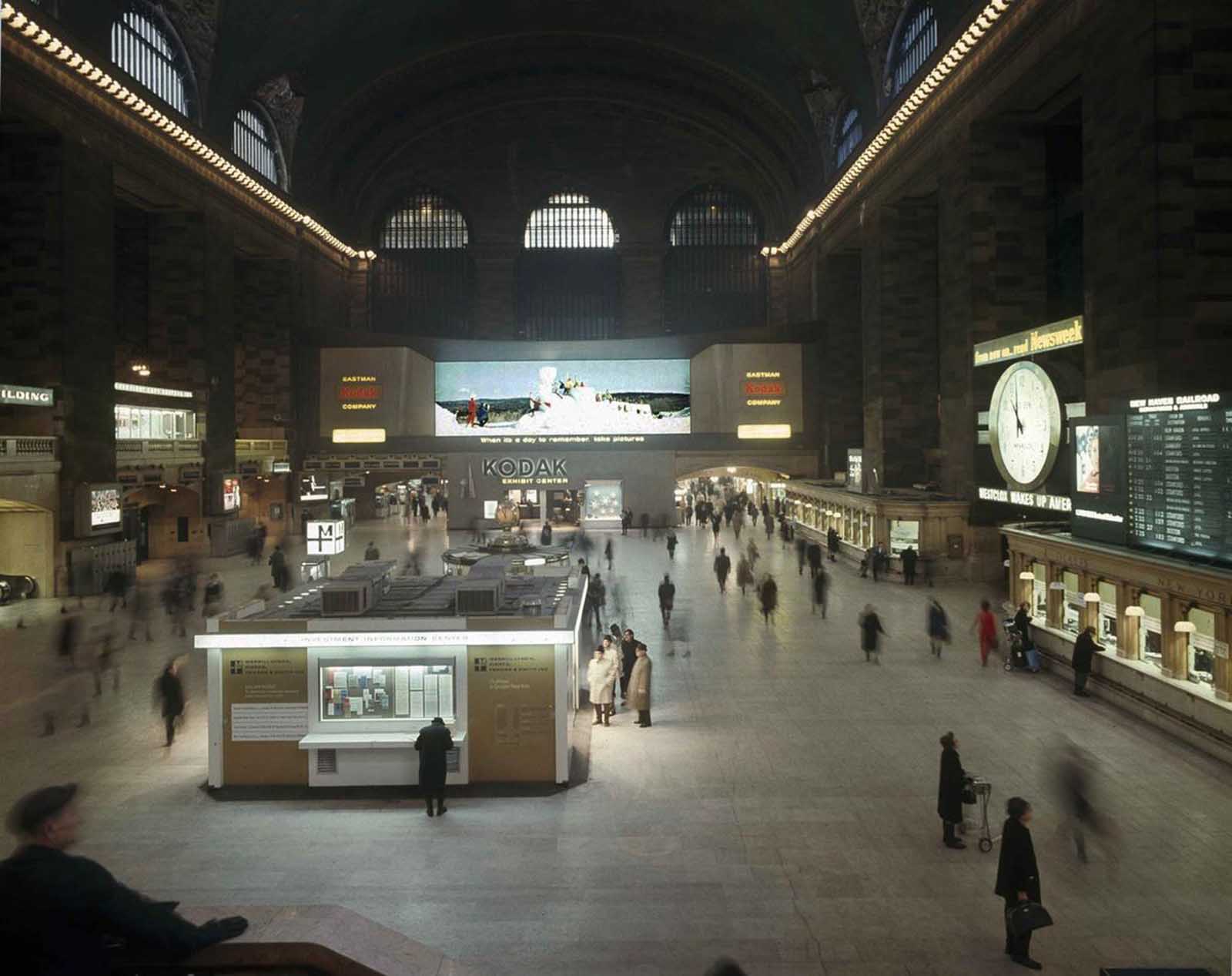
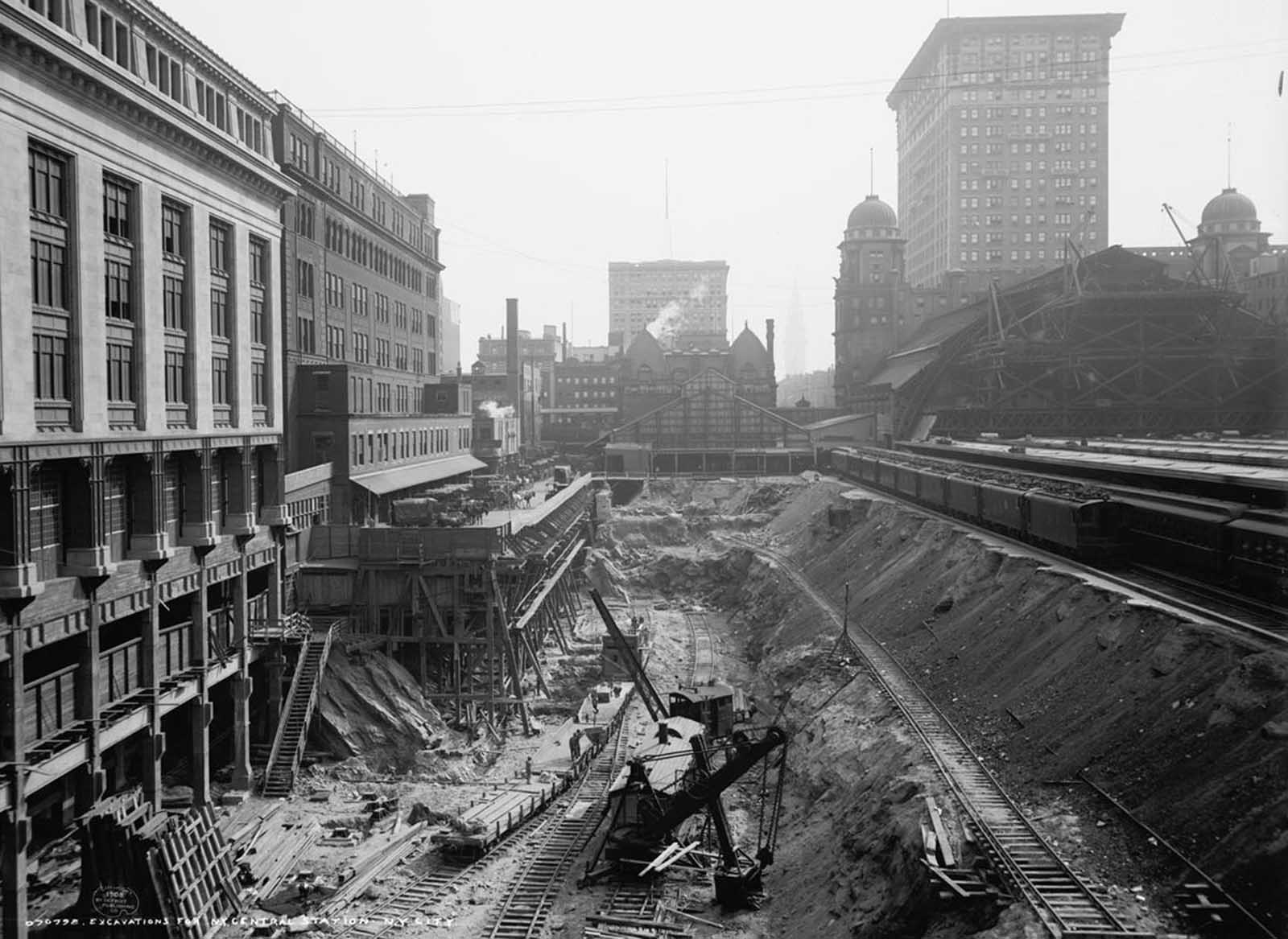
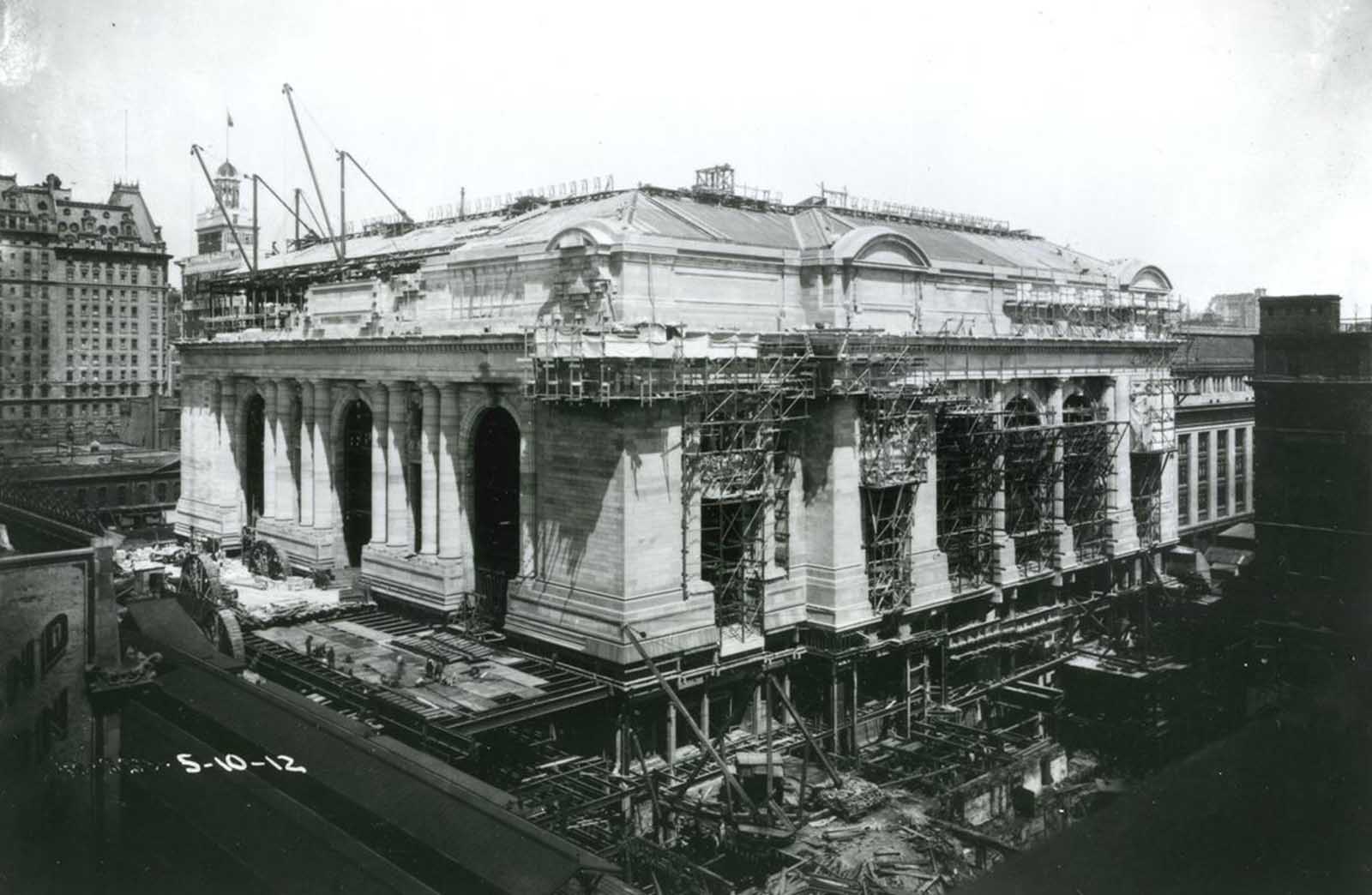
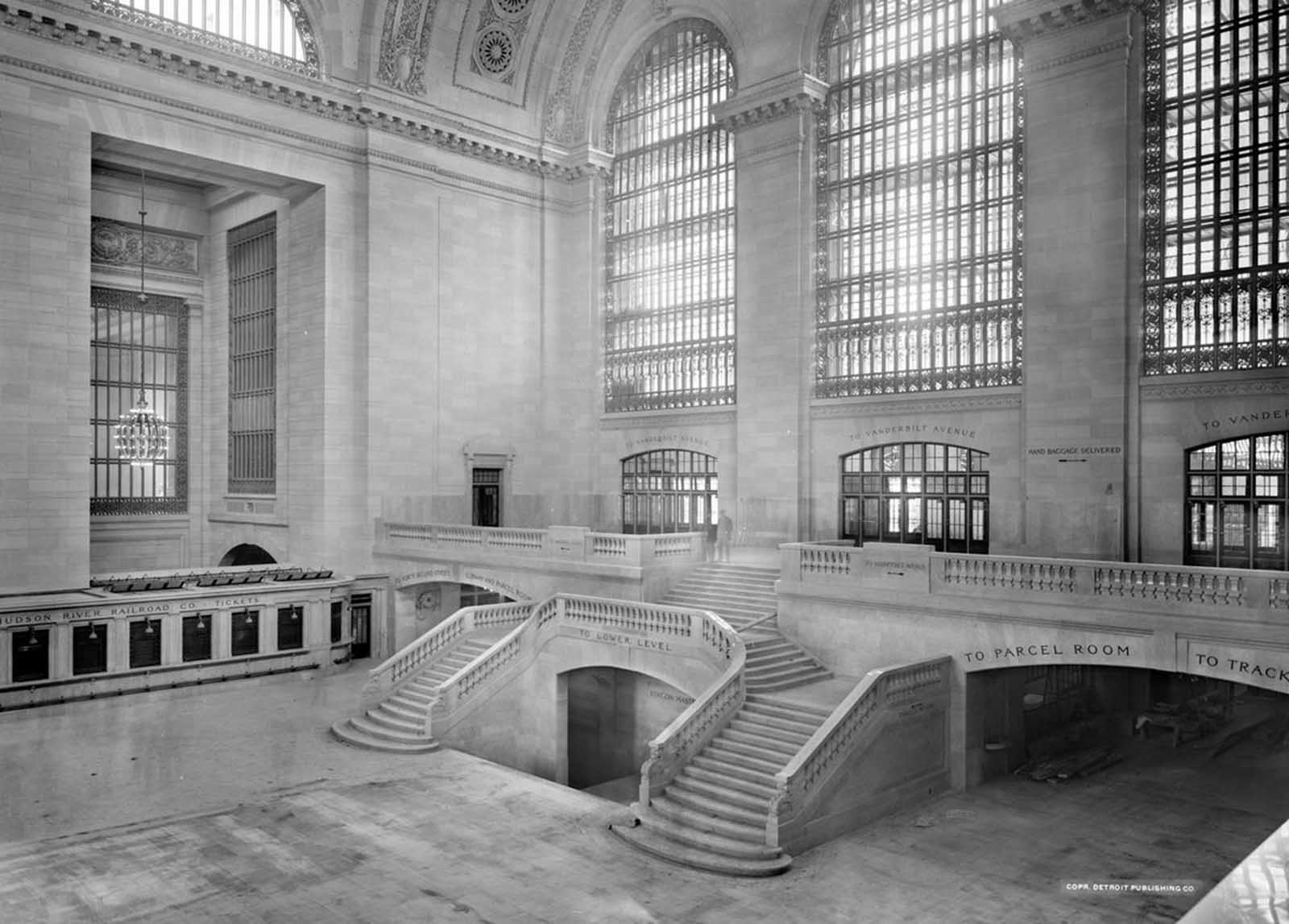

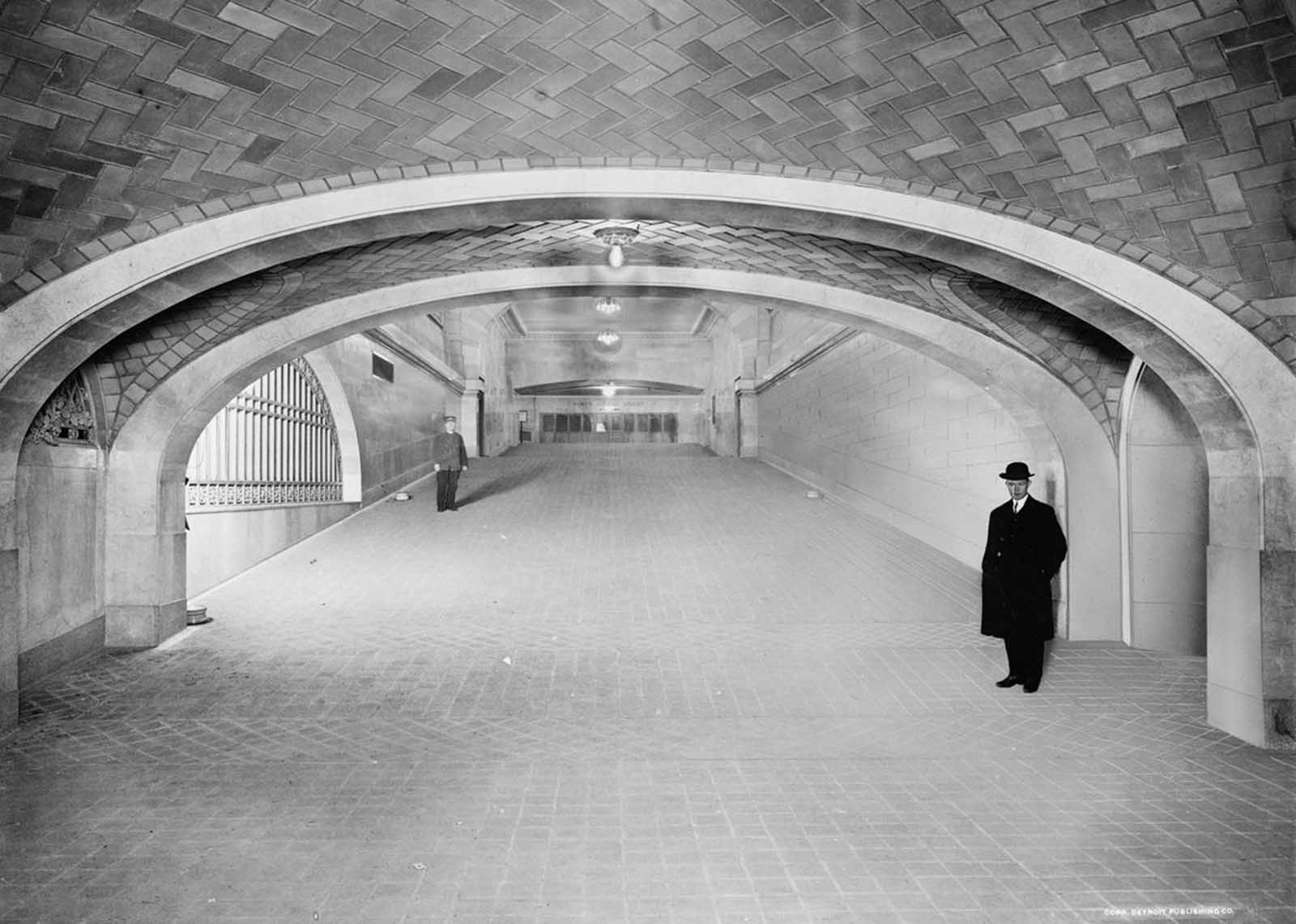
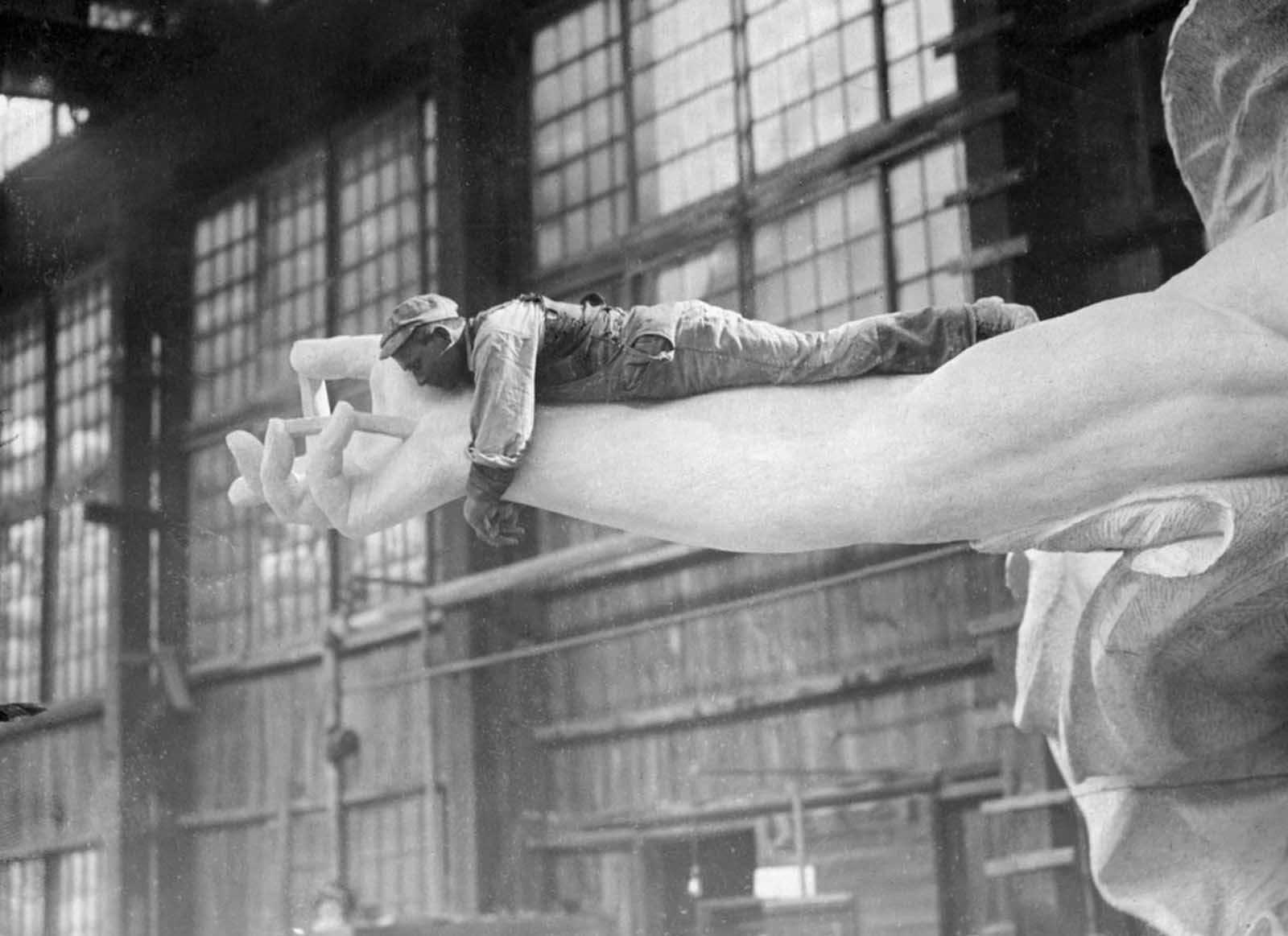
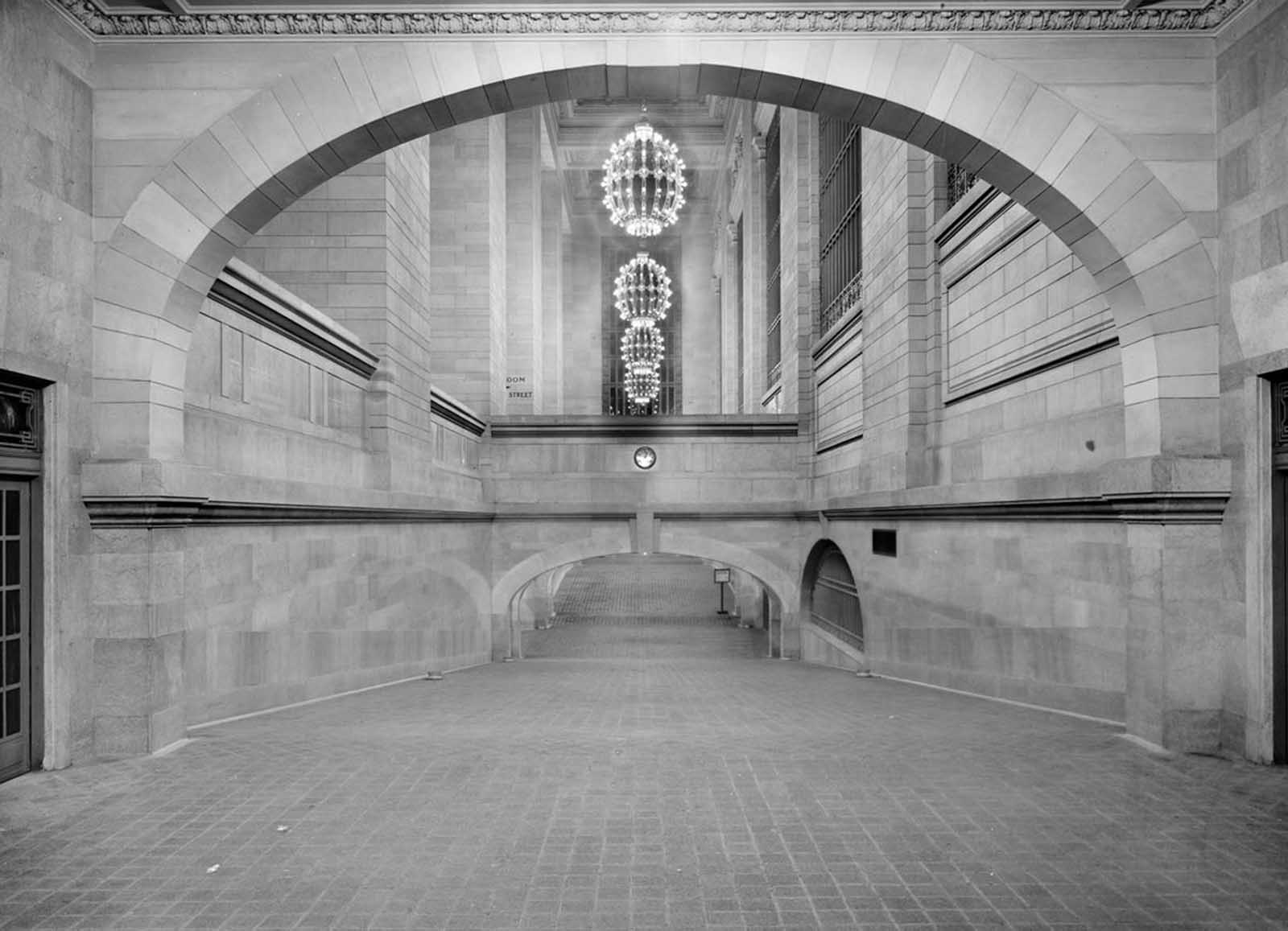
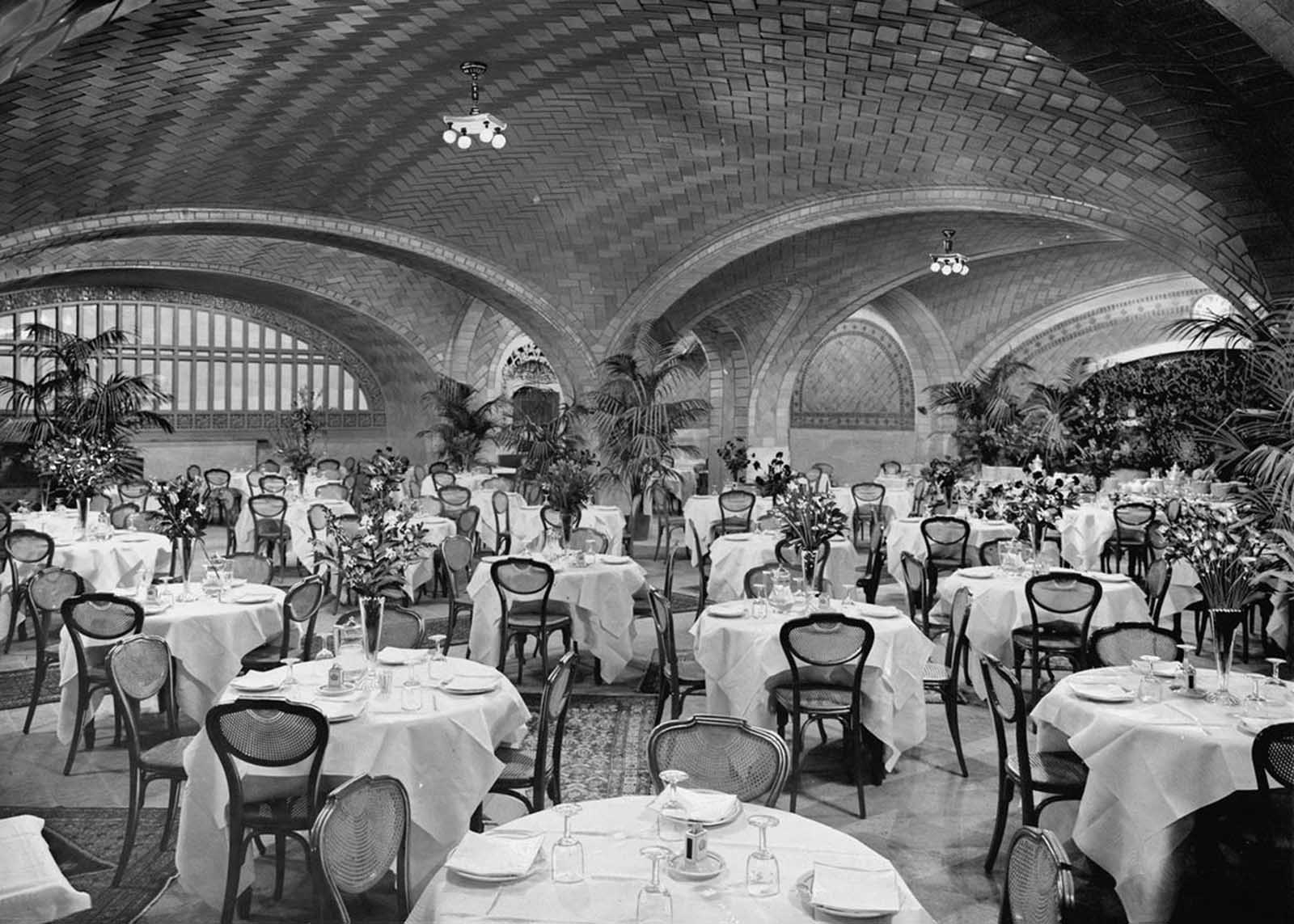
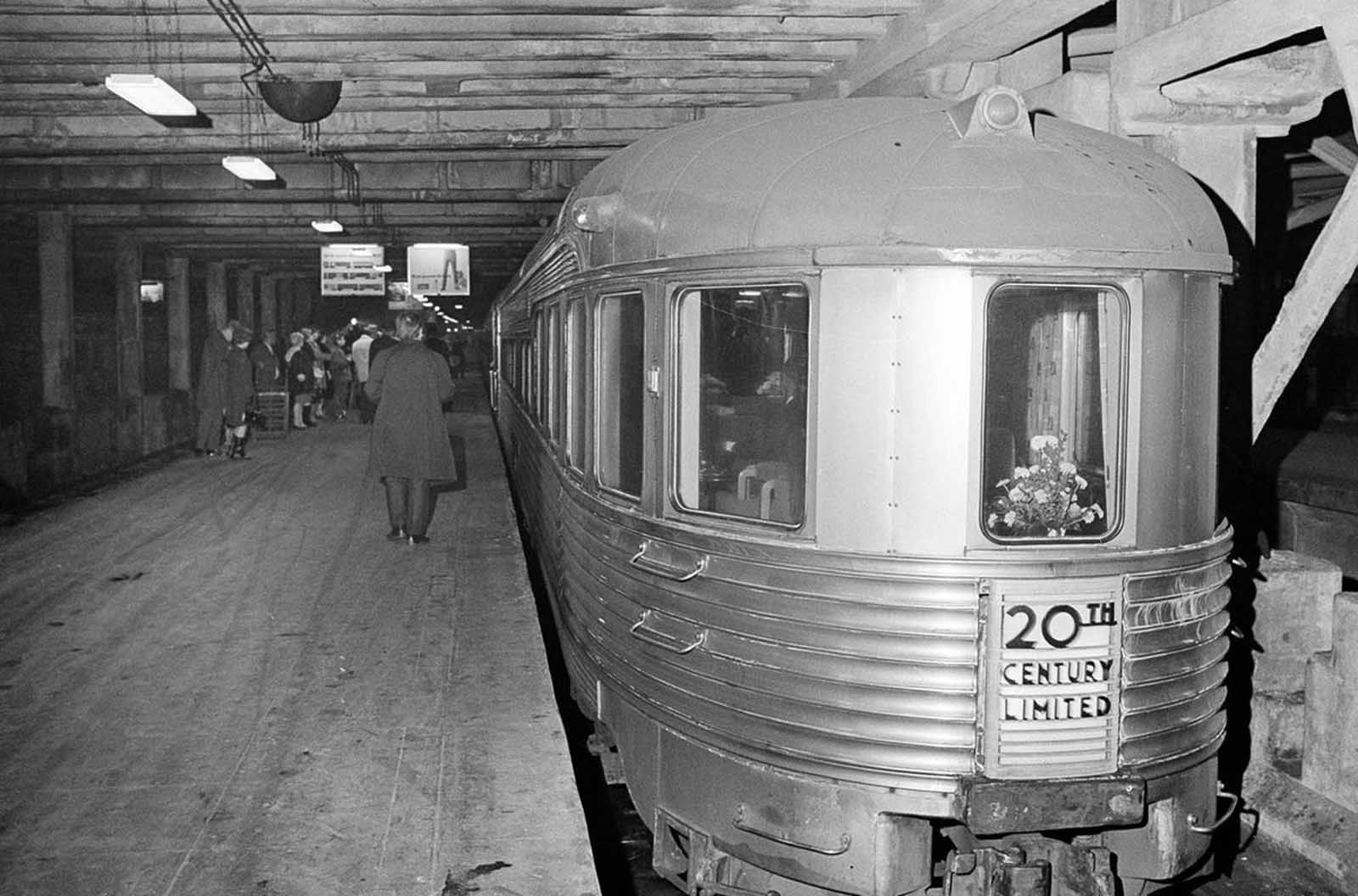
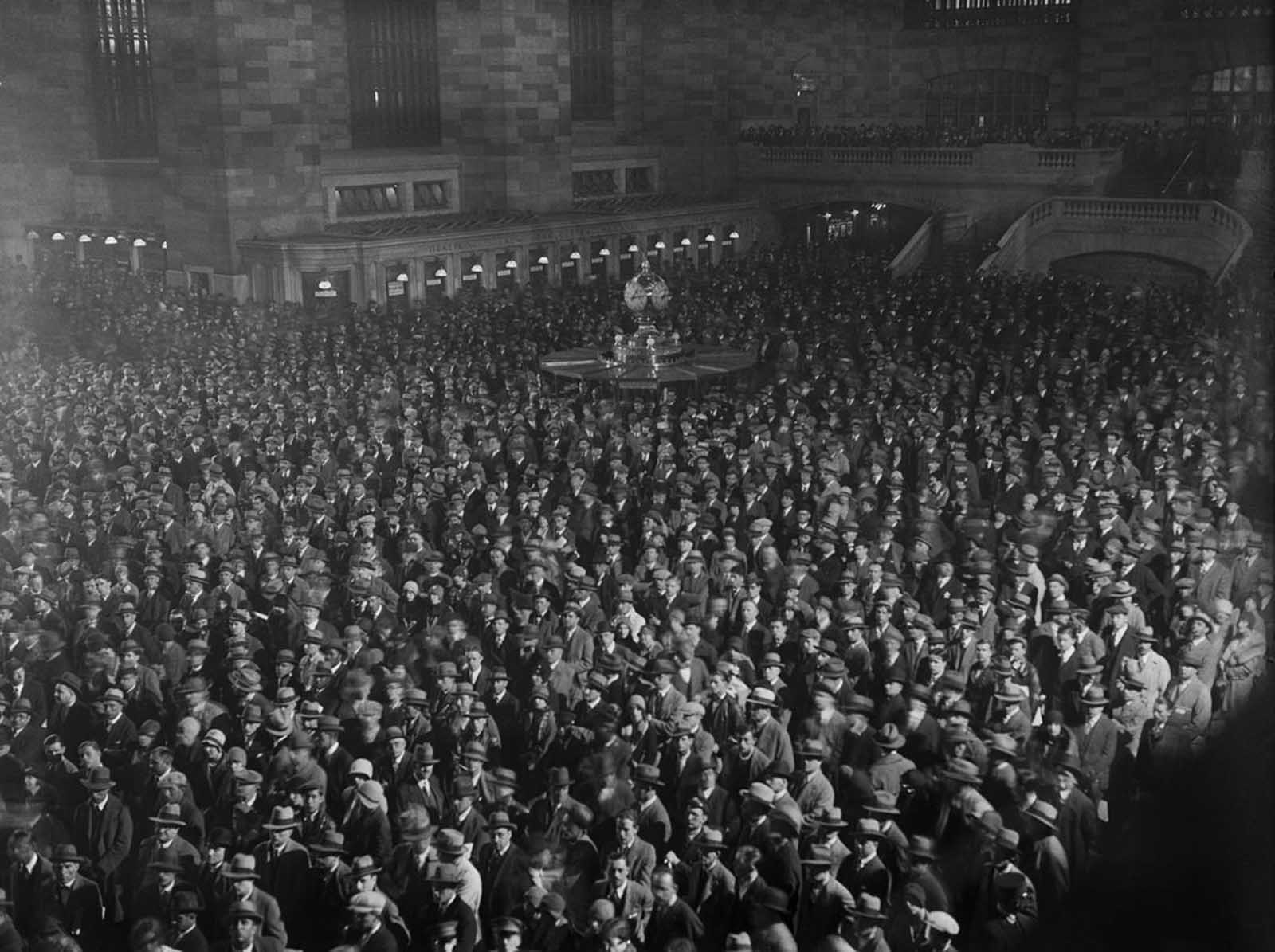
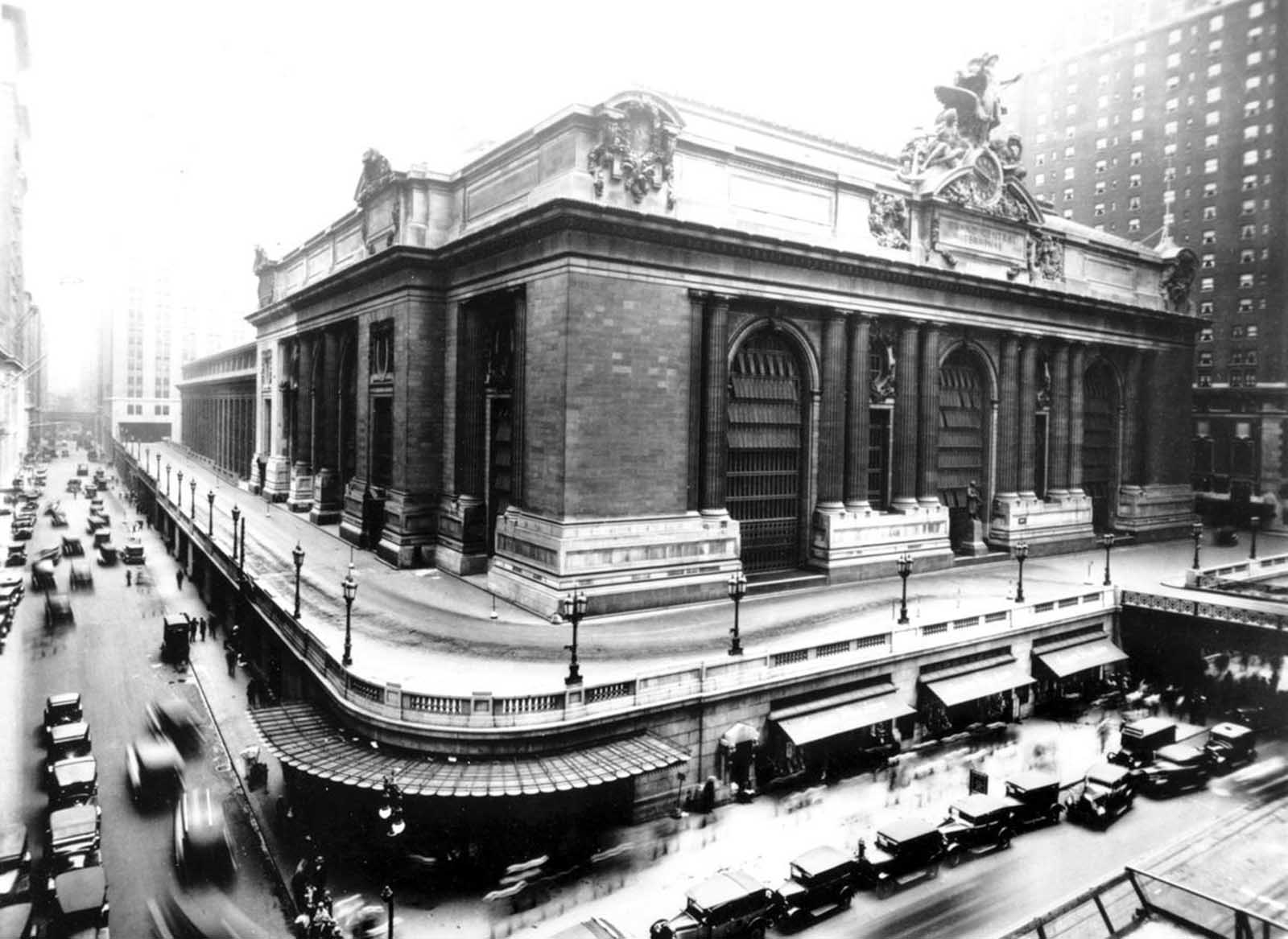
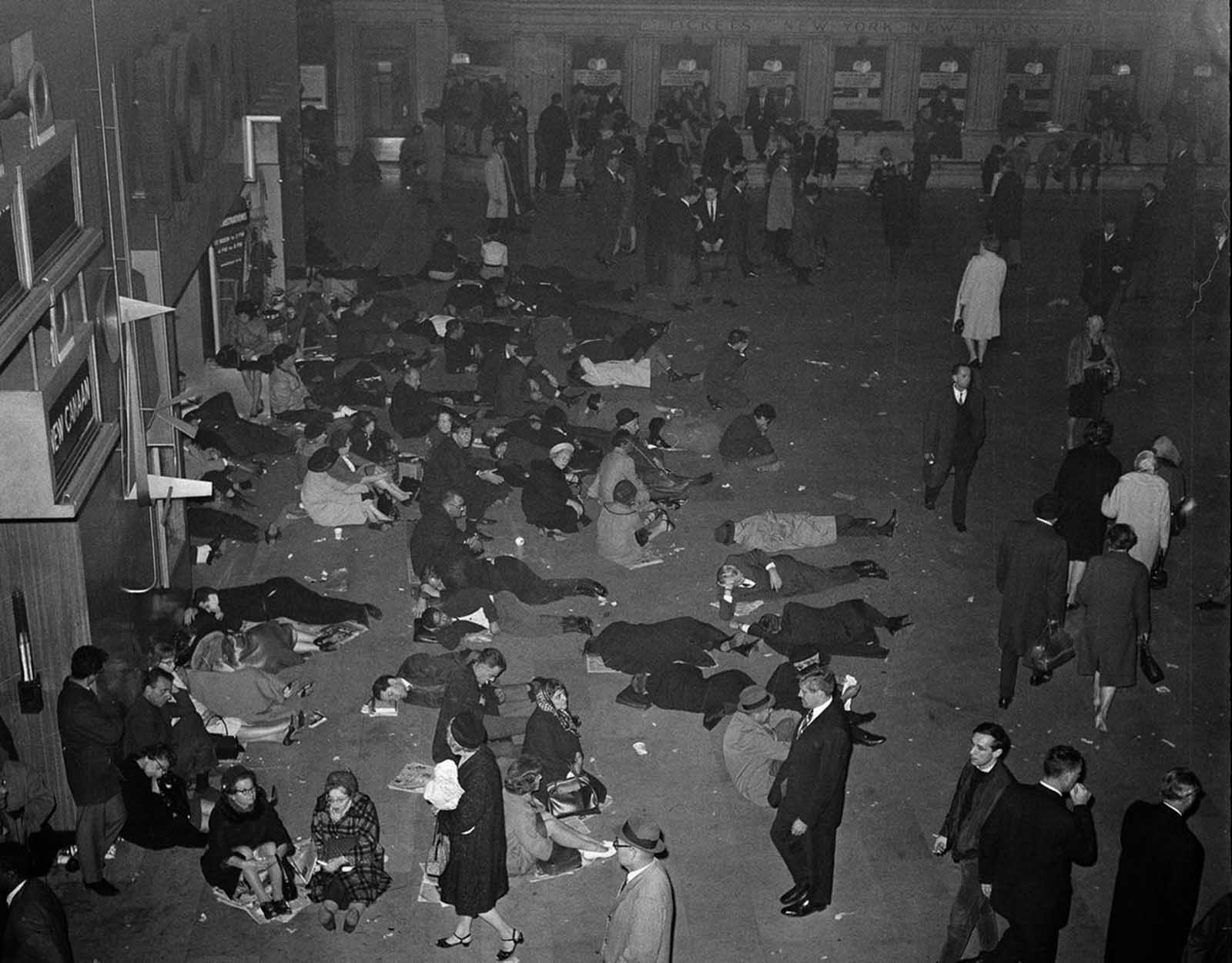
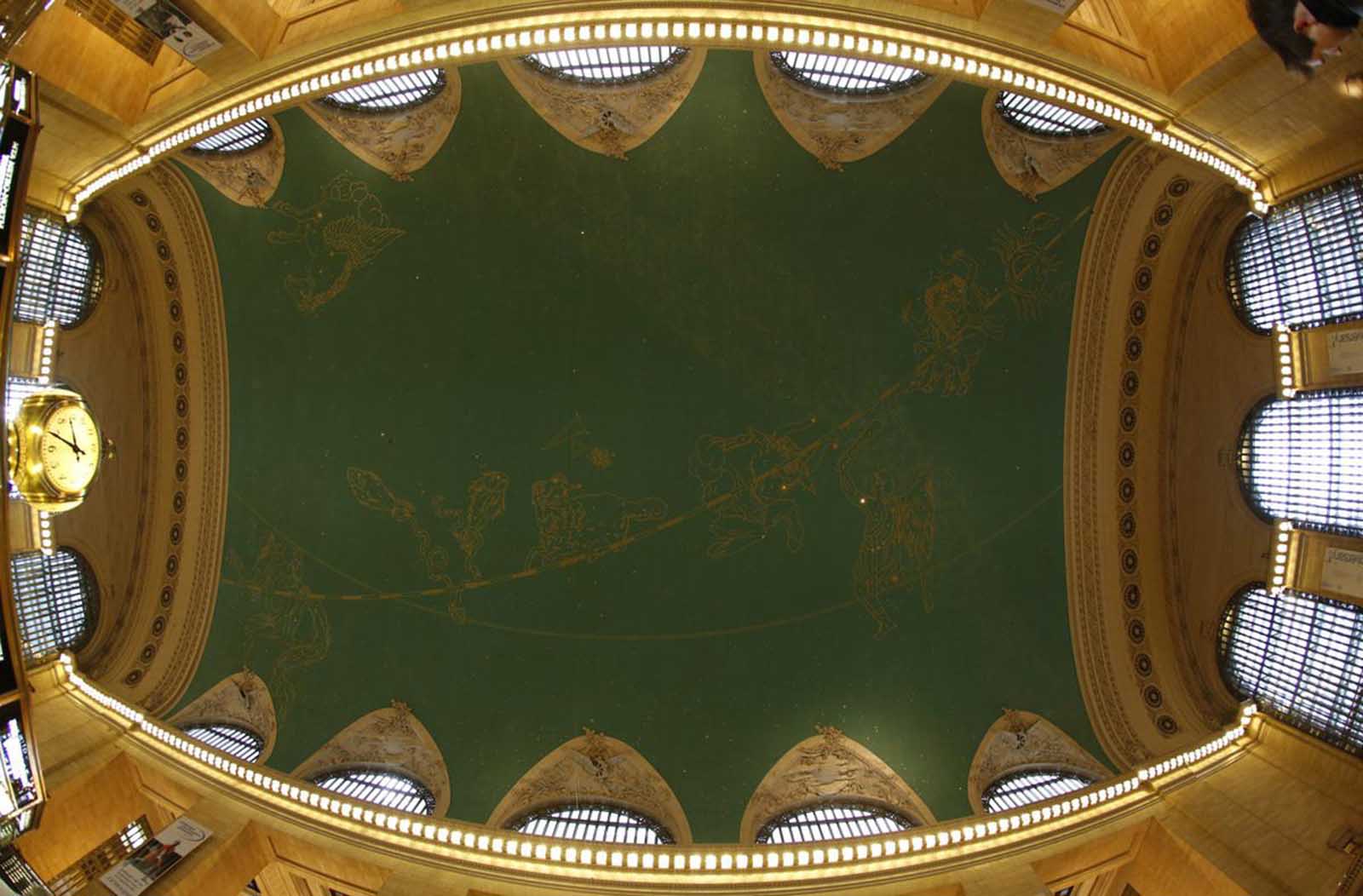
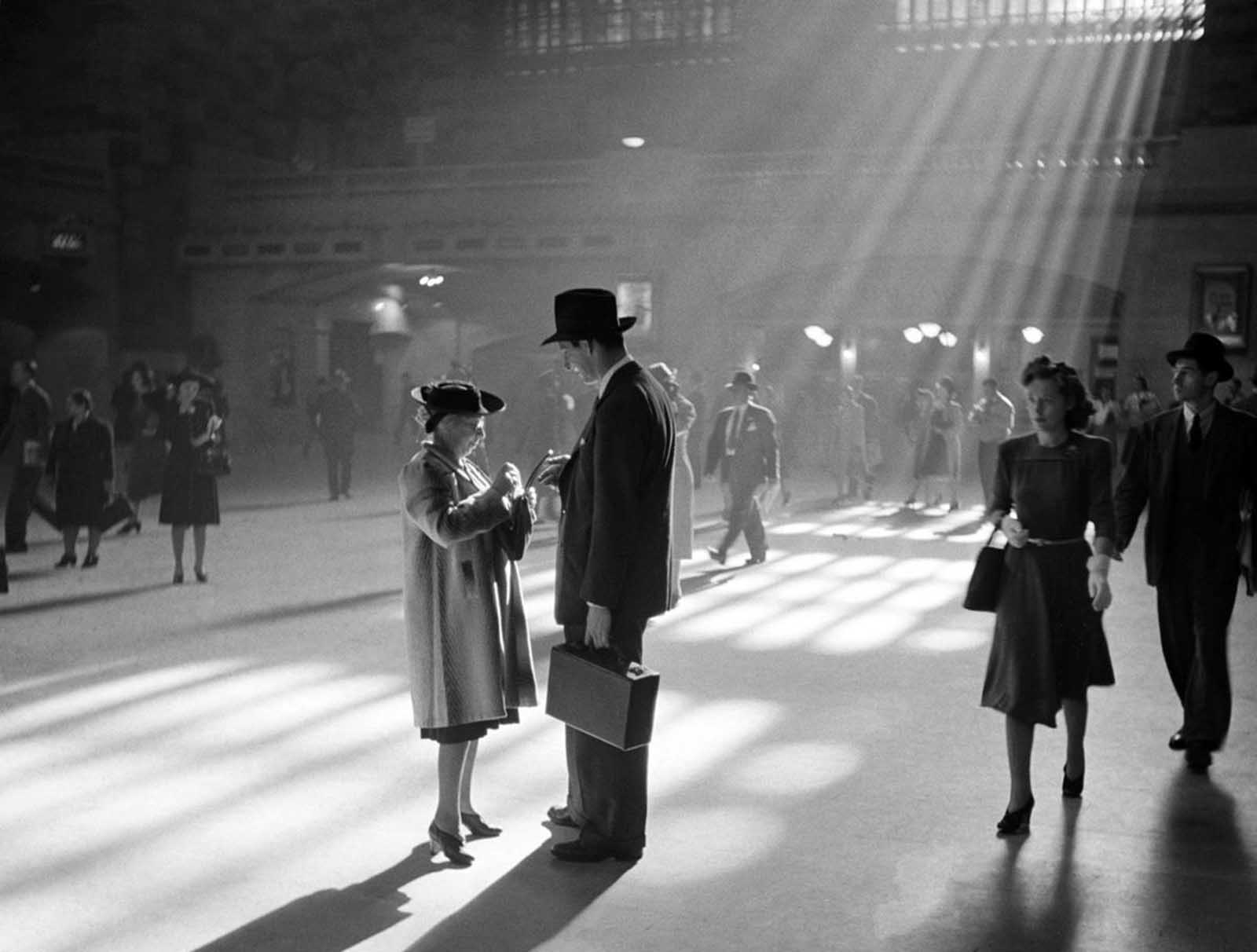
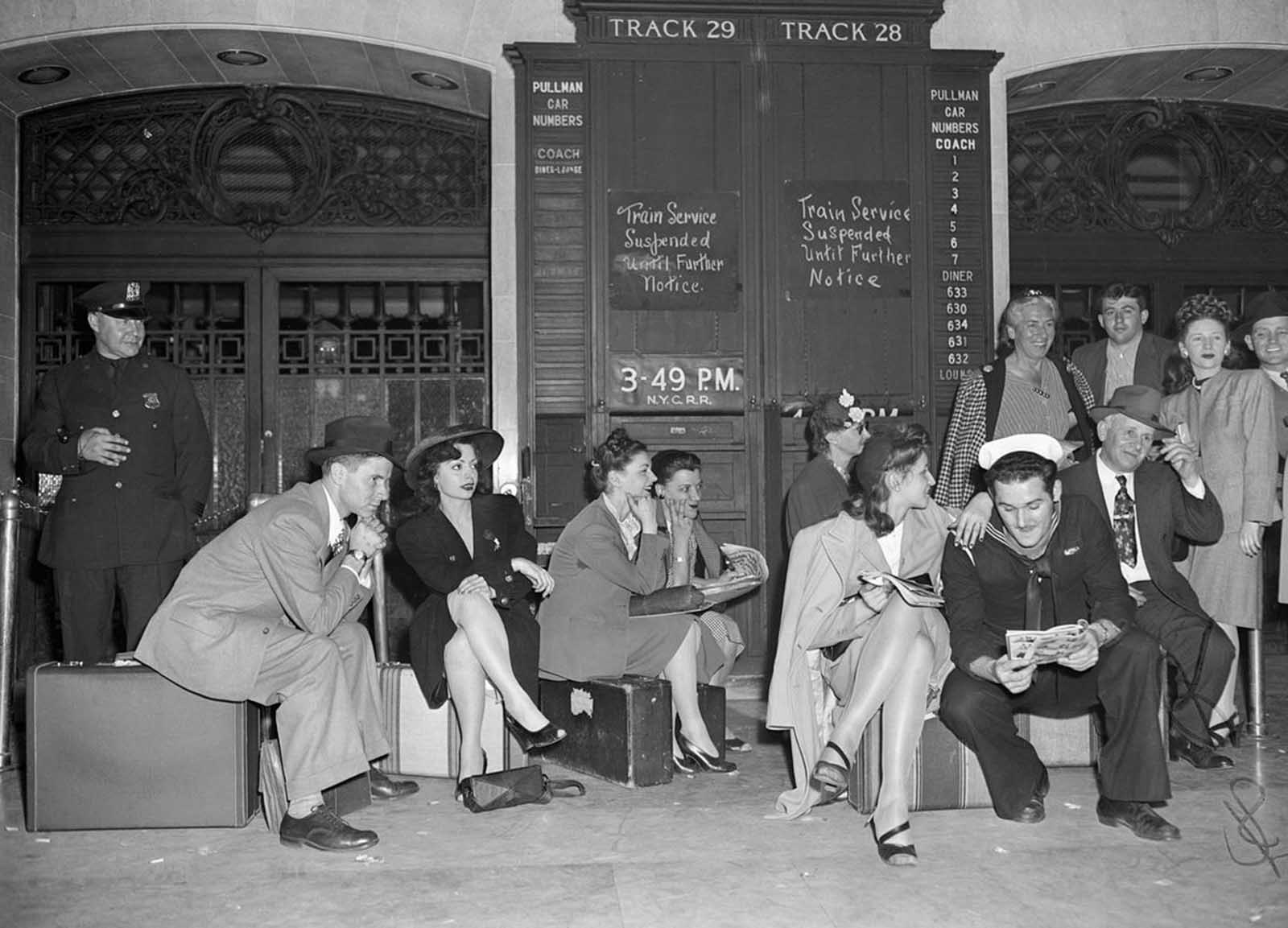
Video
Watch the video to uncover the secrets of Grand Central Station! Don’t miss this fascinating exploration of its hidden history and mysteries.
Conclusion: Grand Central Today – A Timeless Landmark
Grand Central Terminal has not only survived the test of time but continues to stand as a cultural and historical icon of New York City. The station’s resilience and transformation into a protected landmark reflect its importance to the city’s heritage and its people. Today, Grand Central remains a bustling transit hub, a beautiful architectural treasure, and a reminder of New York City’s golden age.
In preserving the history captured in rare photographs, we can appreciate not only the beauty of the past but also the timeless legacy of Grand Central Terminal, a monument that will continue to inspire future generations.
